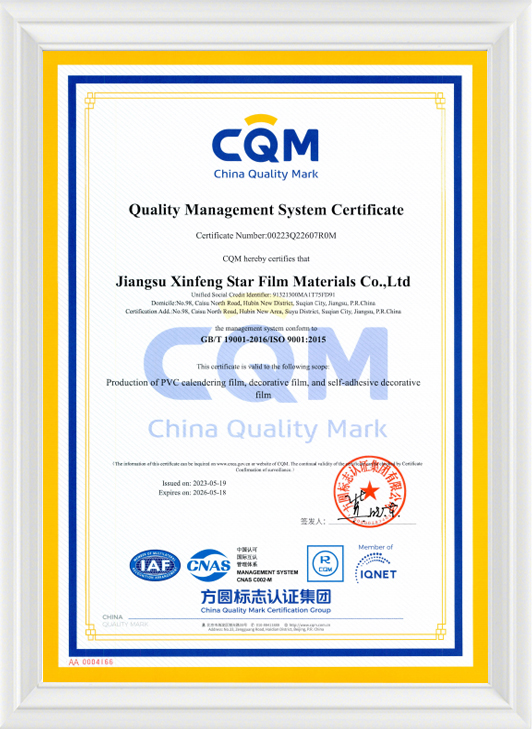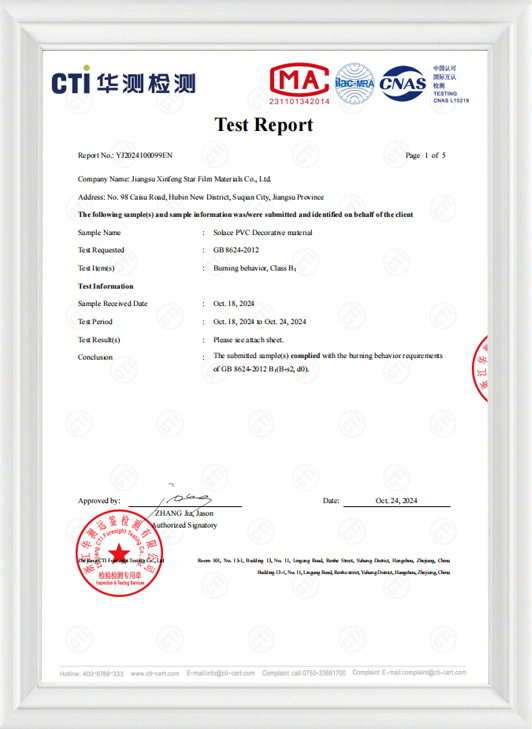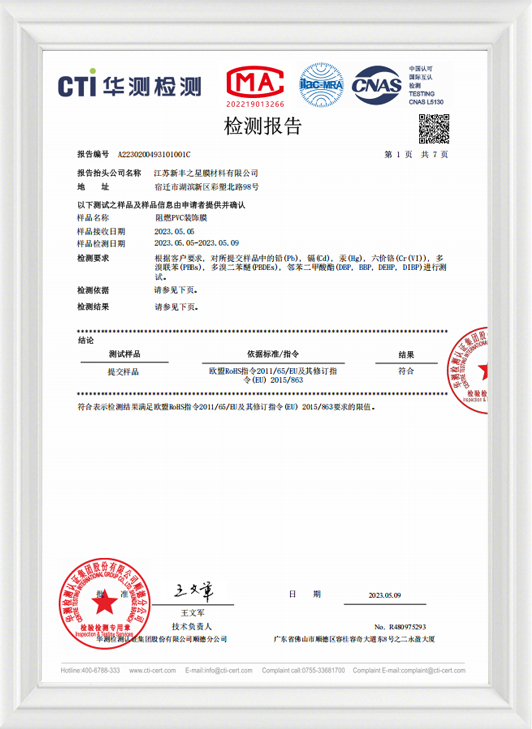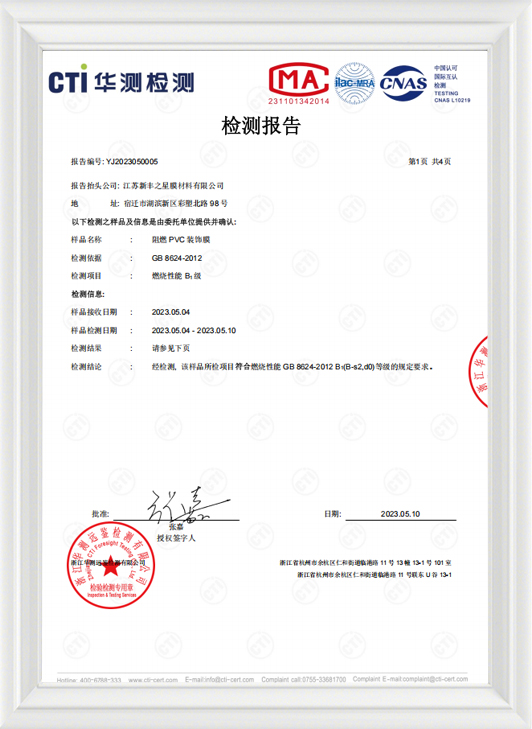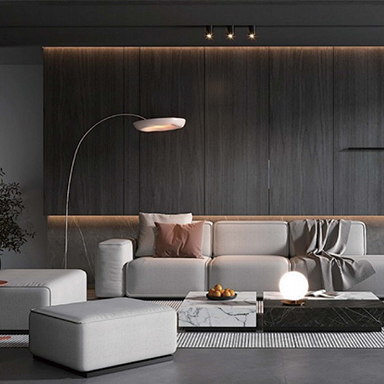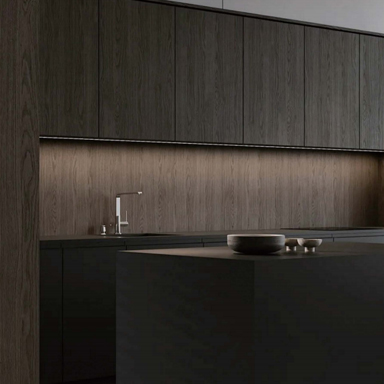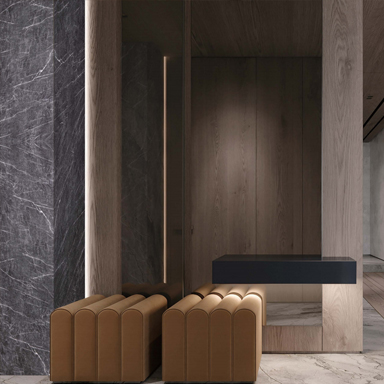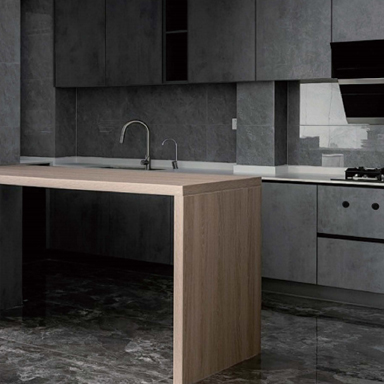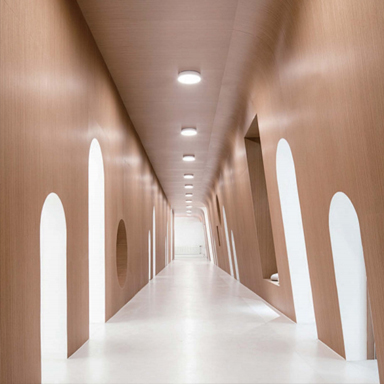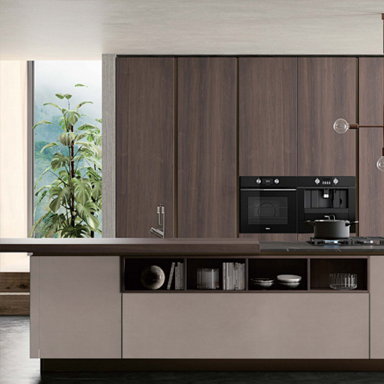Aquarium Decorative Vinyl Film Industry Knowledge Extension
What is Aquarium Decorative Film and how is it used in fish tanks?
From a manufacturer's standpoint, Aquarium Decorative Film is a specialized vinyl or PET-based material designed to enhance the visual appearance of fish tanks. It typically features high-definition printed images, such as underwater coral reefs, aquatic plants, rock textures, or ocean scenery. The film is applied to the outer surface of the aquarium glass, commonly the back panel, to create a stunning backdrop that adds depth, realism, and visual appeal to the aquarium environment.
Unlike traditional painted or paper backgrounds, Aquarium Decorative Film offers easy installation, removable adhesion, and outstanding water resistance. Manufacturers design the film with vivid color accuracy and UV-stable ink, ensuring long-lasting brightness even under aquarium lighting. Many products also feature scratch-resistant and anti-fog coatings, which maintain clarity and prevent moisture condensation.
Beyond aesthetics, this film serves functional purposes: it helps hide cables, filters, and other equipment behind the tank, giving the aquarium a cleaner, more professional appearance. As a manufacturer, we emphasize creating films that combine beauty, durability, and safety, making them ideal for both home aquariums and large commercial displays in hotels, offices, and aquariums.
Is Aquarium Decorative Film waterproof and safe for fish?
Yes, Aquarium Decorative Film is completely waterproof and non-toxic, designed specifically for use around aquatic environments. From a manufacturing perspective, the film undergoes rigorous testing to ensure it remains chemically stable and safe even under prolonged exposure to moisture and varying temperatures.
1. Waterproof Properties
The film is made from polymeric PVC or PET materials that resist water penetration.
High-quality films include laminated coatings that protect the printed layer from humidity, splashes, and cleaning agents.
The adhesive used is typically acrylic-based, ensuring firm bonding to glass while remaining moisture-resistant.
2. Safety for Fish and Plants
All materials are free from heavy metals, BPA, and phthalates, making them safe for aquarium use.
Since the film is applied outside the glass, it does not directly contact water, preventing any risk of contamination.
Manufacturers also ensure low-VOC printing inks and eco-friendly production processes, aligning with global environmental standards.
Thus, Aquarium Vinyl Film provides both decorative and functional value without compromising aquatic safety.
How do you install Aquarium Vinyl Film without bubbles or wrinkles?
Proper installation is essential to achieve a seamless and professional look. From a manufacturer's viewpoint, we recommend following these steps and using the right tools to ensure smooth application of Aquarium Vinyl Film:
1. Surface Preparation
Clean the aquarium glass thoroughly with mild soap and water to remove dust, grease, and fingerprints.
Dry the surface completely before installation to ensure the adhesive bonds effectively.
2. Application Technique
Spray a fine mist of water mixed with a few drops of dish soap on the glass surface. This allows repositioning during installation and prevents immediate adhesion.
Peel off the backing paper of the film and gently position it on the wet surface.
Use a squeegee or soft cloth to press the film from the center outward, pushing out air bubbles and excess water.
For results, work slowly and evenly to avoid trapping air.
3. Finishing Touches
Trim the excess film along the edges with a sharp utility knife.
If small bubbles remain, gently lift the affected area or use a pin to release the air and smooth it down.
High-quality Aquarium Decorative Films produced by manufacturers are often designed with air-release channels, making installation easier and minimizing the risk of wrinkles or bubbles even for first-time users.
Can Fish Tank Film block light or reduce algae growth?
From a technical and manufacturing perspective, yes—Fish Tank Film can be engineered to control light transmission and help reduce algae growth inside aquariums.
1. Light Blocking Capability
Many films are made with opaque or semi-transparent layers that limit the amount of light passing through the back or sides of the tank.
By blocking external light sources, the film helps create a controlled lighting environment, preventing excessive exposure that promotes algae growth.
Manufacturers also offer reflective or matte finishes that diffuse light evenly, reducing glare and providing a more natural visual balance.
2. Algae Growth Reduction
Excess light, especially sunlight, accelerates algae buildup. By using dark or light-filtering Aquarium Vinyl Film, users can significantly minimize unwanted algae formation.
Some advanced films are designed with UV-blocking additives, preventing harmful rays from reaching the water and slowing down biological overgrowth.
Additionally, reducing light from the tank's rear or side panels enhances fish coloration and contrast, allowing viewers to enjoy clearer, more vibrant aquarium scenes.




